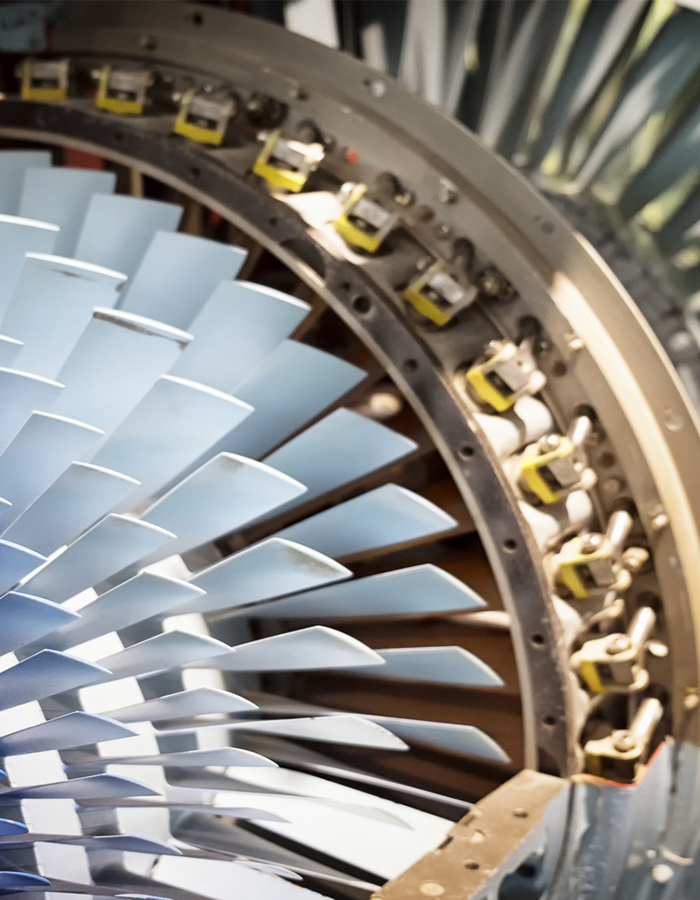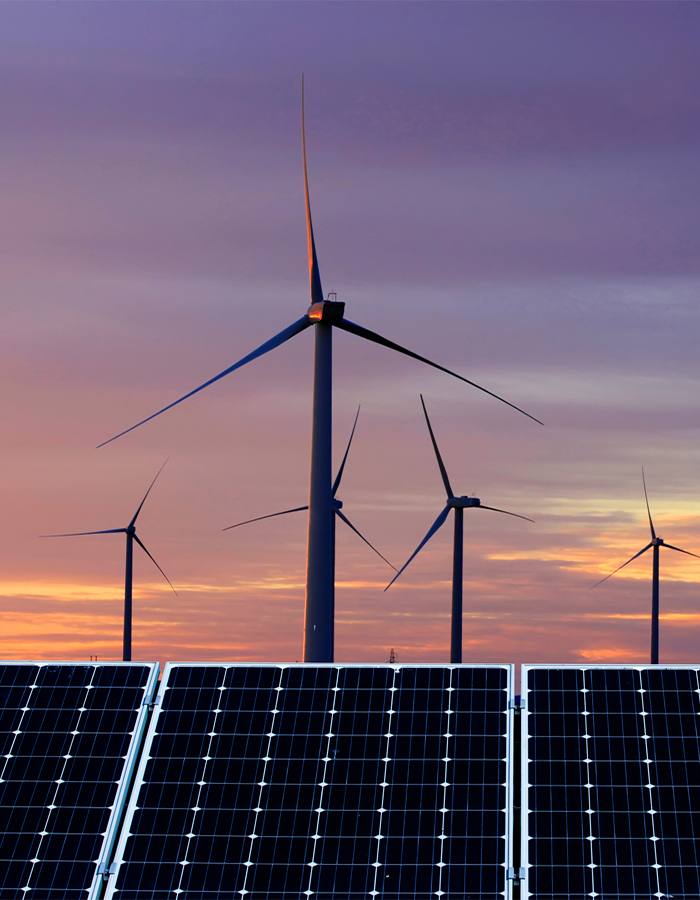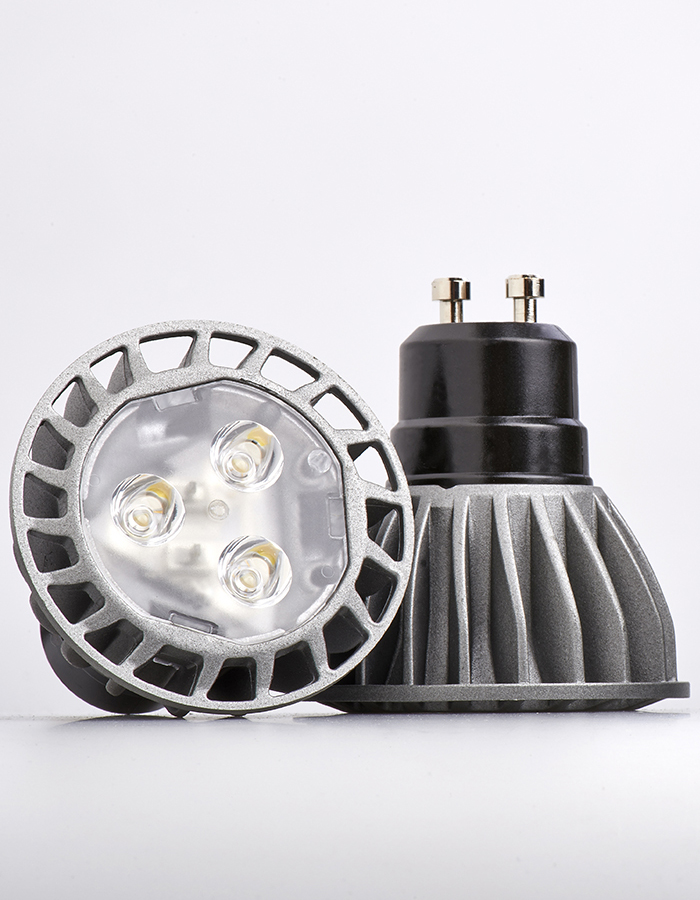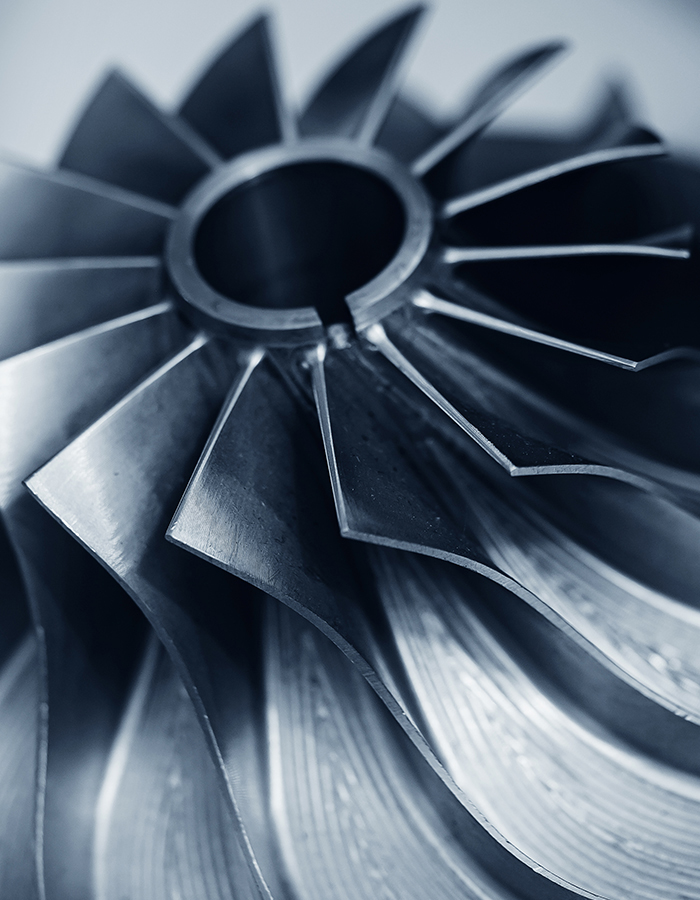ADDMAN solutions make energy generating components more efficient and sustainable by enabling optimal thermal operation at high speeds. Our industry leading 3D printing methods for refractory metals are enabling transformative steps in turbine components.
Industries
Energy

Metal Additive Manufacturing
Revolutionizing Energy Equipment
Metal Additive Manufacturing, also known as 3D metal printing, has emerged as a game-changer in the energy industry. This technology involves building complex metal parts layer by layer, enabling the creation of intricate and customized components.
Why Use Metal Additive Manufacturing:
- Complex Geometry: Metal additive manufacturing enables the creation of intricate geometries that would be difficult or impossible to achieve with traditional manufacturing methods.
- Rapid Prototyping: This technology allows for quick iteration and testing of prototypes, reducing development time and costs.
- Material Efficiency: Additive manufacturing minimizes waste by only using the material required to build the part, making it environmentally friendly.
- Customization: Energy equipment often requires tailored solutions; additive manufacturing facilitates the production of unique components based on specific project requirements.

Polymer 3D Printing
Enhancing Energy Infrastructure
Polymer 3D printing has found its niche in the energy sector by providing cost-effective solutions for manufacturing durable and lightweight components.
Why Use Polymer 3D Printing:
- Speedy Prototyping: Energy projects require rigorous testing; 3D printing accelerates the creation of prototypes, facilitating faster design iterations.
- Weight Reduction: Lightweight components contribute to energy efficiency, especially in applications like transportation and renewable energy systems.
- Cost-Efficiency: Polymer 3D printing reduces material waste and production costs, aligning with the energy sector’s drive for economic solutions.
- On-Demand Production: With 3D printing, parts can be produced on-demand, reducing the need for large inventory storage.

Injection Molding
Precision for Energy Components
Injection molding is a versatile method for producing large quantities of intricate parts with high precision.
Why Use Injection Molding:
- Mass Production: Injection molding’s ability to produce large quantities of consistent parts aligns with the energy industry’s need for scale.
- Material Variety: A wide range of materials can be used in injection molding, allowing for flexibility in material properties and performance.
- Tight Tolerances: Precise dimensions and intricate features are achievable with injection molding, enhancing the reliability of energy equipment.
- Surface Finish: Injection-molded parts often have a polished and finished appearance, important for both aesthetics and functionality.

CNC Machining
Precision Engineering in Energy
Computer Numerical Control (CNC) machining is a staple in energy equipment production, providing accuracy and versatility.
Why Use CNC Machining:
- Precision: CNC machining offers unparalleled accuracy, crucial for creating parts that need to meet stringent performance standards.
- Versatility: It is suitable for both small-batch and large-scale production, making it adaptable to the diverse needs of the energy industry.
- Wide Material Range: CNC machining supports a variety of materials, including metals and engineering plastics, catering to different energy applications.
- Material Strength: For parts subjected to extreme conditions, CNC-machined components exhibit high mechanical strength and reliability.